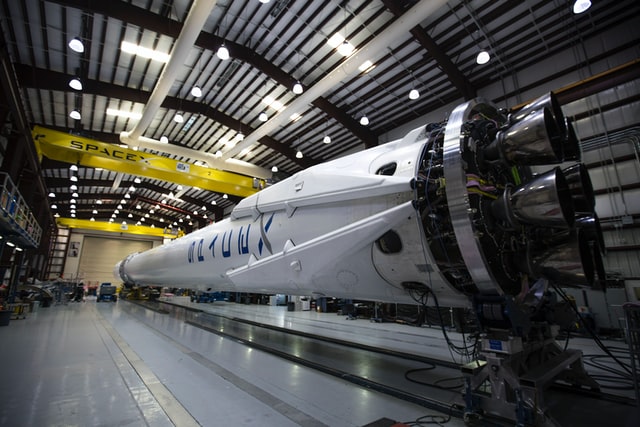What are O-Rings? They’re a gasket or seal that forms a seal between two surfaces. They must be pressure, temperature, and chemically compatible. How do these rubber components help the Aerospace Industry? Here’s a quick look at some of the uses of these versatile materials. Then, read more about top fastener distributors and their importance in the aerospace industry.
O-Rings are a type of gasket or seal.
There are many different kinds of O-Rings, and these types vary significantly in the way they function and the materials used to produce them. O-Rings are classified as static or dynamic, and they vary in their tensile strength, flexibility, and heat distortion temperature. The material used to make these O-Rings must meet various specifications, including the type of pressure and temperature that they will be exposed to.
The diameter of an O-Ring depends on its cross-sectional widths, ranging from 0.40mm to 0.70mm. Therefore, the inside diameter of an O-Ring is defined. This measurement is called a “Cross Section (CS) in the aerospace industry.”
They form a seal between two surfaces.
O-Rings are versatile sealing elements. They can be molded to fit into different opening configurations and fill other portions. The inner diameter stretch and the outer diameter proportions must match for the O-ring to maintain a seal. The compression squeeze that an O-ring undergoes during a connection process will depend on the type of application. For example, a static O-ring may accidentally squeeze into an extrusion gap.
O-Rings are ubiquitous sealing solutions used in a variety of industrial applications. They prevent the passage of liquids and gases through joints and seals and keep moisture out. However, O-Rings in the aerospace industry have a degree of material and performance complexity unheard of in other sectors. As a result, O-rings in aerospace must meet strict engineering standards and industrial performance requirements and compensate for different environmental conditions.
They must be temperature, pressure, and chemically compatible.
There are many requirements for O-Rings in the Aerospace industry. The materials and temperature-pressure-chemistry compatibility must match specific needs. O-Rings for aerospace applications are categorized based on their size and function. Static O-rings are the simplest type of o-rings; dynamic ones are the most complicated. The materials used to produce these seals must meet strict tolerance, pressure, and installation conditions.
The material used to manufacture high-temperature O-rings must be compatible with certain chemicals. In addition, they must be resistant to deformation, excessive friction, and high temperatures. This feature is essential in many aerospace applications. O-Rings in the Aerospace Industry must be temperature, pressure, and chemically compatible with protecting equipment and parts. The following chart gives a quick overview of some of the most common O-ring materials and temperatures.
They protect jet engines from extreme temperature changes.
O-Rings play a vital role in aircraft construction. They protect jet engines from extreme temperature changes and other extreme conditions, extending the life of the aircraft and reducing maintenance costs. These components are made from different materials to withstand different weather conditions and temperatures. This article explores different types of O-Rings and how they are used. It also describes the various benefits of o-rings for aircraft.
O-rings in aerospace, marine, and chemical applications require the ability to resist high temperatures while maintaining a seal—the chart below details standard O-ring materials and temperature ranges. In aerospace, chemical processing plants, turbo engines, and refineries, the materials must withstand high temperatures and keep their seals intact. They must also be able to withstand aggressive cleaning and sterilization.
They are versatile
The versatility of O-Rings is not surprising, given that they are made of various materials. These materials are designed to perform optimally in specific applications. This versatility has been beneficial to many industries. However, choosing the appropriate material is crucial because not all materials have the same properties and can not be used for all applications. Here are some of the O-Rings’ material properties and benefits that make them versatile in the aerospace industry.
Many industries employ O-Rings. Heat molding and cooling are used to create them. Die-cutting and drying may be required for some styles. Because they’re popular, they’re a popular choice for aerospace and medical applications. These uses make O-Rings versatile and essential.




